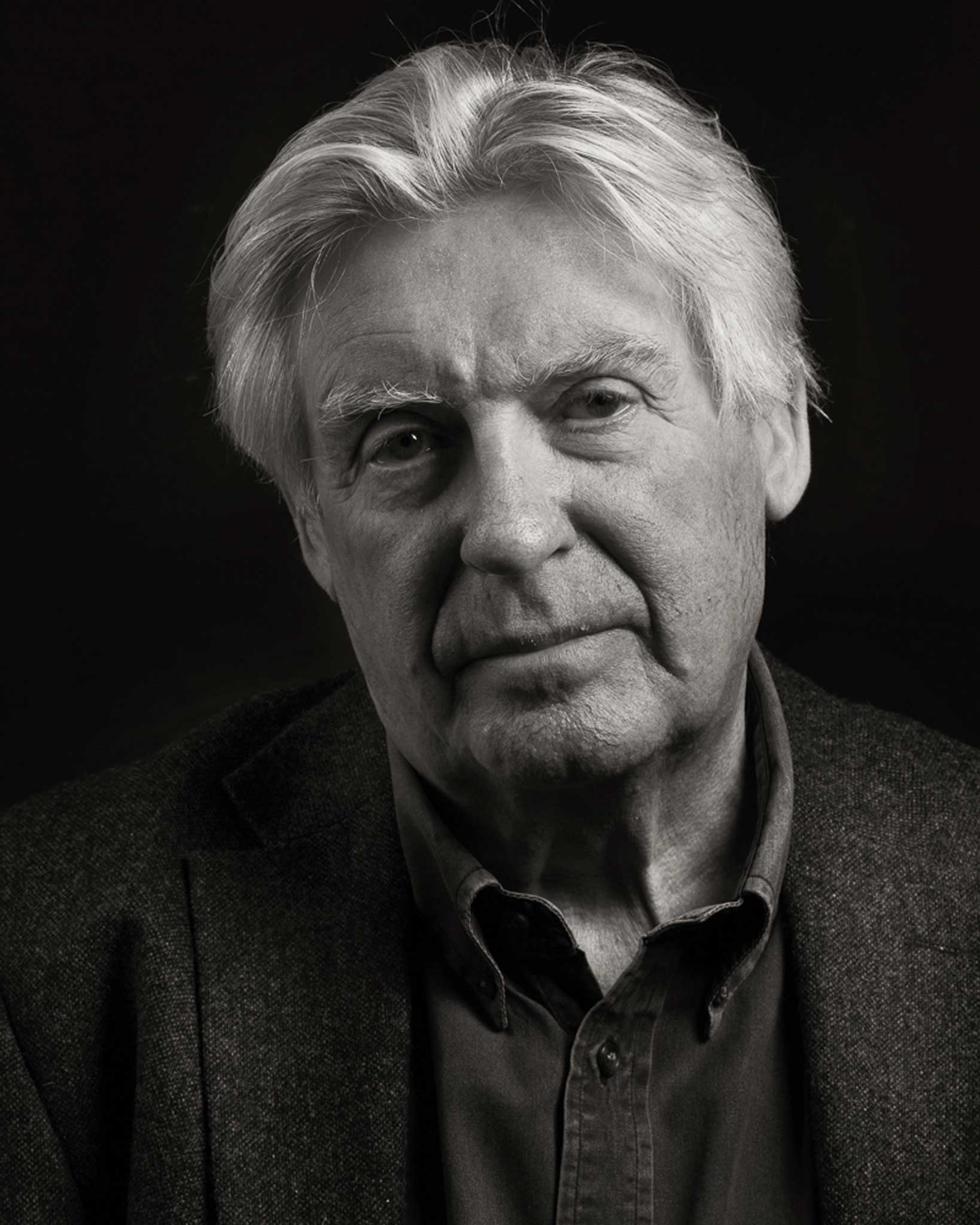Fire Songs by David Harsent, book review: Author finds an early late flowering

Your support helps us to tell the story
From reproductive rights to climate change to Big Tech, The Independent is on the ground when the story is developing. Whether it's investigating the financials of Elon Musk's pro-Trump PAC or producing our latest documentary, 'The A Word', which shines a light on the American women fighting for reproductive rights, we know how important it is to parse out the facts from the messaging.
At such a critical moment in US history, we need reporters on the ground. Your donation allows us to keep sending journalists to speak to both sides of the story.
The Independent is trusted by Americans across the entire political spectrum. And unlike many other quality news outlets, we choose not to lock Americans out of our reporting and analysis with paywalls. We believe quality journalism should be available to everyone, paid for by those who can afford it.
Your support makes all the difference.Truly significant poets continue to challenge their readers from book to book. Some – like W B Yeats, Czeslaw Milosz and even R S Thomas – go on to have "late great" flowerings. David Harsent may not be at the "late" stage yet, but with every book his stature as a truly significant writer becomes more undeniable.
Fire Songs, Harsent's 11th collection, is denser and more composed than its prize-winning predecessors Legion (2005) and Night (2010). Tight-packed lines explore a dreamscape that is half memory, half prophesy: "Dreamwork delivers jump-cuts: dust across the sun, /a killer-wind through the shanty, the long slow stare /of the dying as they fade, the crackle and flare /of phosphorous". This is from the third of four eponymous "Fire" sequences, all concerned with endings: martyrdom, war, the loss of love and environmental apocalypse. Each marries the personal with the political, and it's impossible to read these poems without feeling that their repeated threat, "It will be fire", is personal as well as collective.
The whole book, which reads as a triumphantly sustained sequence, is layered with leitmotifs. The "Fool Alone" with his "rannygazoo" is the anti-hero in each of us, and less aggressively gendered than Mr Punch, his obvious precursor in Harsent's work. "Popinjay /and gutter-snipe, he's seer and stumblebum", and he keeps popping up, in the Queen's bed, in "A Dream Book" and as the miracle-working "Trickster Christ". Other recurring themes are rats, tinnitus, war and environmental damage.
Yet this is a compelling, not a depressing, read. Fire Songs teems with images and ideas that manage to be both richly detailed and vividly musical, from "the sopping bud" of a dead Christ's heart to an alliterative "scorch on corn and kale". The wide-ranging word-choice is consistently surprising and beautiful: "the raised arm /of the dreamscape silhouette. The tierce that hunts /from high-rise city blocks in a slipstream of dead air." Full-rhyme and end-rhyme play a greater part than they have hitherto: as the virtuoso rooms/reams/ rhymes of "Effaced" close in, they let us hear Dorothy Wordsworth's entrapment by William.
Harsent is known for coining myth and archetype. Now that process is accelerated. In "Pain", myth opens out of myth, a vertiginous topple heightened by the short sharp shocks of the sentences: "Here, a woman screams /into the face of another. Here, someone is banging someone. Here, /the women are reversed, or else they were never women except in dreams. /There's room after room of it."
The objection sometimes raised to myth in poetry is that it is "made up". Of course, this both is and is not the point. As Ovid demonstrated long ago, we gain real emotional understanding through exploring symbol and story. Fire Songs stunningly affirms how fertile this project remains, and how urgent as well as striking Harsent's vision has become.
Fiona Sampson's latest collection is "Coleshill" (Chatto)
Join our commenting forum
Join thought-provoking conversations, follow other Independent readers and see their replies
Comments